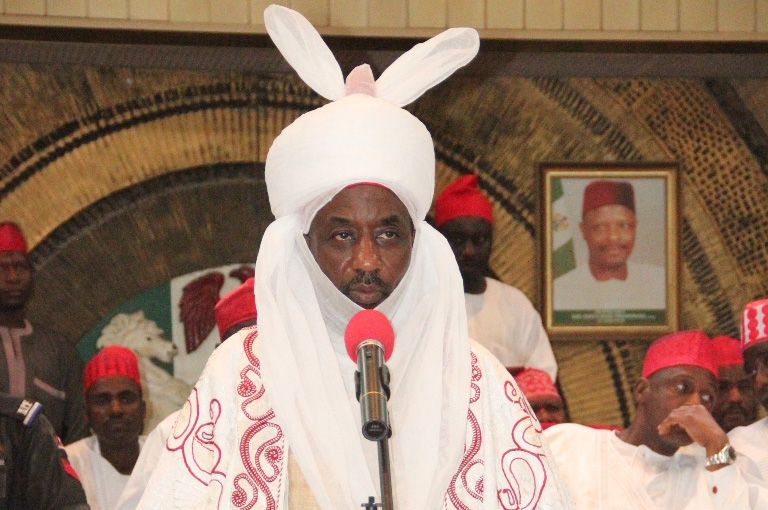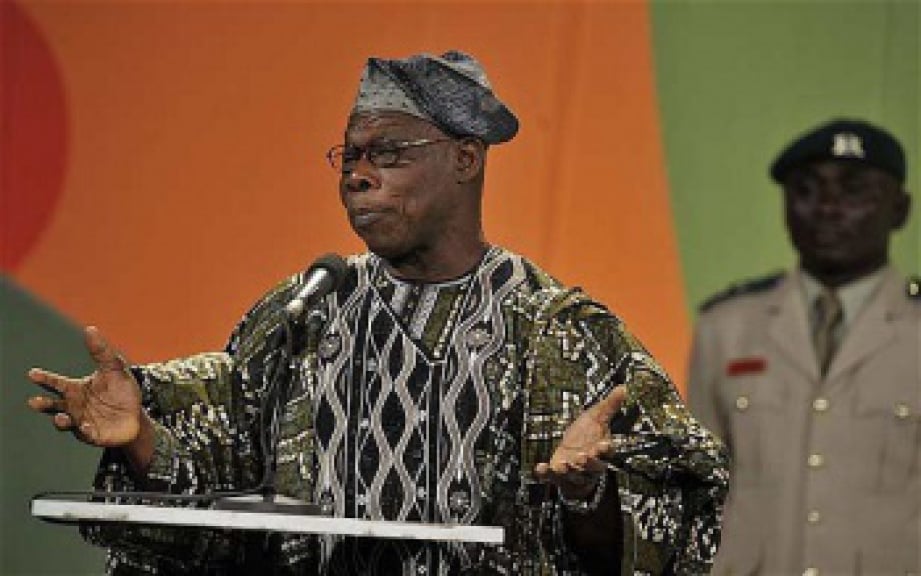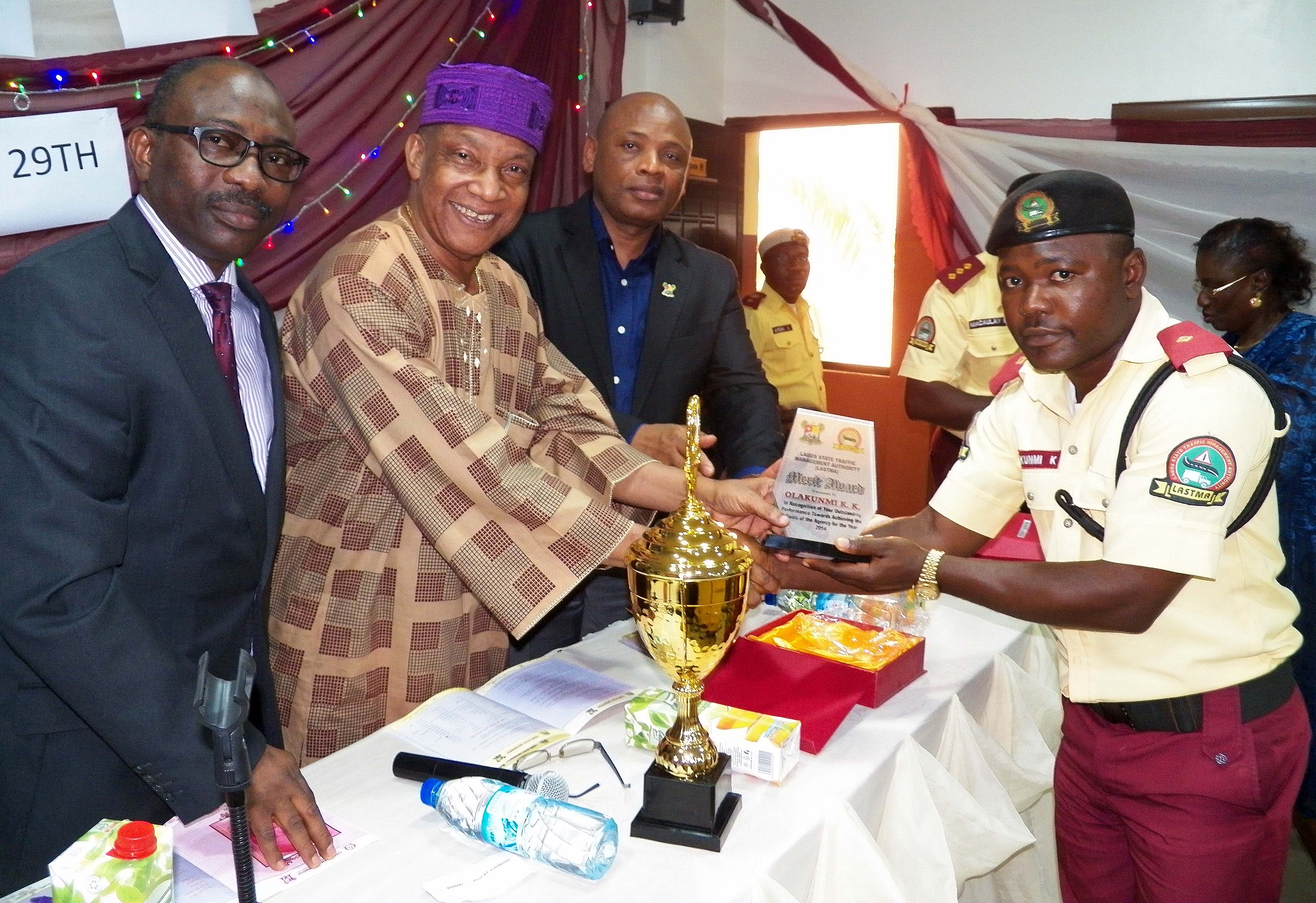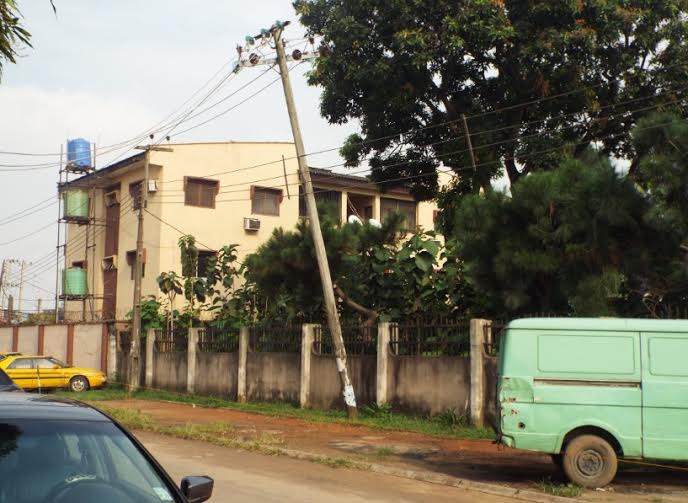The removal of Ciroma of Kano, Alhaji Sanusi Bayero, and the immediate supplanting of him with his brother, Alhaji Nasiru Ado Bayero, has generated a lot of controversy, especially on social media.
Opinions were divided. On one side, the die-hard supporters of Emir Muhammad Sanusi II, like this writer, were vehement in the defence of his decision. And on the other, we have the “nays” almost shouting themselves hoarse – even when it was obvious they could not have it.
In the whole thing, however, what’s striking is the fact that, context, as usual, is the biggest victim of the raging debate. For instance, there are so many out there who think that a successor of Late Alhaji Ado Bayero has to behave or respond to issues and situations in the same manner Bayero would do. You can’t blame them though for this particular mindset.
Many of us have only known Bayero’s reign and it’s the only yardstick of measuring how to be an emir of Kano, for us. Kano is not the first and last with similar experience. Sokoto people could not condone a scion of the first son of Usman bn Fodio, Muhammad Buhari as Sultan. They were so much used to seeing the stool being passed among only two houses: the House Bello and the House of Atiku, from generation to generation.
Advertisement
Yet, apart from those who have this notion that only Alhaji Ado Bayero’s son is worthy of succeeding him, there are those who are still victims of that dangerous Twitter propaganda at the heat of the succession battle, insinuating Sanusi Bayero had already been appointed as emir. Kano State Government’s was forced to issue a denial.
Thus as far as they are concerned, Sanusi Bayero was the Peter in this case, who was robbed in favour of a Paul in the current Emir.
And our unfortunate “police station mentality” when it comes to appreciating information is very much in favour of this group. It’s difficult for them to accept any new narrative apart from the one they’ve already embraced. They are, therefore, likely to cling on to it for a very long time, just for the very reason that it was the first information that came their way.
Advertisement
Before I continue, however, let me seek the help of legendary Mamman Shata, unarguably the most prolific and most gifted Hausa musician of all times, who said: “Yan shaye-shaye, yan zage-zage, yan doke-doke, yan yanke-yanke, ba zamanin Sanusi ba ne. Shi ko ya haifi Habu na gidan Maje. Har yau halin Sanusi yake, horo yake da bawon beli”. This was in a song for one of Emir Sanusi’s uncles.
Shata was somehow saying: “The drunkards, the drug addicts, the miscreants? They never existed in Sanusi’s Kingdom. He bore Habu Danmaje. Garba follows Sanusi’s footsteps. The might of his staff puts all in their proper place….”
Though the translation is far from perfect it, at least, provides some insights in the areas of divergence between Emir Sanusi and probably Ado Bayero.
Emir Sanusi was known as a no-nonsense monarch, who held a stick while dangling the carrot in his other hand. He would not allow Maitastine to pass another night in his domain. Once he discovered how dangerous his mission was, he banished him from the city. You can see the trait in his grandson with his proactive advocacy against Boko Haram.
Advertisement
Ado Bayero, however, was a compassionate leader whose palace was turned into a court of appeal of sort, by petitioners. His people would always run to his court to seek for reprieve, or redress of injustice, especially when they couldn’t get it at conventional courts. It’s the tradition that Sanusi II has kept alive.
But Emir Sanusi II has only one role model. He wants to be Emir Sanusi. Perhaps this explains the choice of his official name. It’s not even what he wants, but what he, actually, is.
Yet both Emir Ado Bayero and Emir Sanusi were children of Alhaji Abdullahi Bayero. But their reigns showed remarkable distinct styles of leadership. Interestingly, both were great leaders. And both were revered by the people. If you see an Osman (The third Caliph of the Great Prophet SAW), in Emir Bayero, Emir Sanusi can be your own idea of Umar (The second caliph). It isn’t that straightforward, though. But the analogy is helpful for the sake of this discourse.
Thus to expect Emir Sanusi II, to start moulding himself in Ado Bayero style is, no doubt, far-fetched. Those holding onto this view should therefore brace themselves well for the fact that there’s a new sheriff in the town. And, as Shata puts it, he has a stick in his other hand. He doesn’t hesitate wielding it whenever there’s a need for it, just as his sense of compassion earns an abiding subject a bouquet of carrots.
Advertisement
But this is just by the way, as there’s a need for further contextualisation of the Emir’s current decision while juxtaposing it with how Ado Bayero would, hypothetically, respond in a similar circumstance.
One of the narratives bandied around to justify criticism of Emir Sanusi I’s decision was alleged story of how, his father Late Aminu Chiroma, refused to pay allegiance to Ado Bayero and the Emir put up with it. The story has been dismissed already by Malam Fatuhu Mustapha, one of the few I regard as authorities of Kano’s palace history.
Advertisement
According to him, Chiroma Aminu was even there physically during Ado Bayero’s coronation. There was no feud, or protest. It only exists in the imagination of mischief-makers.
Besides, the scenarios then were far from being identical with what’s obtained today. Late Ado Bayero didn’t succeed Emir Sanusi. He succeeded his successor, Emir Muhammadu Inuwa.
Advertisement
Late Sanusi was dethroned by Sardauna’s led NPC. Ado Bayero died on the throne.
The truth, however, is that Ado Bayero was said to have faced some challenges, especially during the early days of his reign.
Advertisement
But would Ado Bayero of the 1990s or 2000s condone open rebellion by a member of his palace? History has an answer for us.
It was on record that Bayero sacked the erstwhile Sarkin Dawaki Maituta, Alhaji Aminu Babba DanAgundi. And despite a gazetted white paper that stipulated only the House of Jamu, which produced DanAgundi could produce the title-holder, the position was transferred to another clan.
Thus it’s a historical to assume that late Ado Bayero had only one template he used against recalcitrance throughout his reign.
Again, while drawing parallels between Bayero and Sanusi, many a contributor to the debate has ignored the fact that Ado Bayero came to power at the age of 33. He met a palace populated with so many accomplished figures like Magajin Gari, Alhaji Inuwa Wada, Madaki Shehu Ahmed, Sarkin Fada, Alhaji Sule Gaya, another minister then and Madaki, Malam Bello Kano. Credit to Bayero, he had to dig into his diplomatic experience to navigate the water with those powerful elements.
Yet in the case of Sanusi II, you have a man that’s globally acclaimed as very accomplished in his chosen career. He was already in his 50s. He’d fought so many battles. He’d just emerged victorious from one of the major wars he waged. It’s therefore hugely unfair to make late Ado Bayero out of him.
From Dabo to Sanusi II, there have been historical instances when Emirs of Kano had a cause to decisively deal with rebellions. Dabo himself was said to have removed two members of Emir Suleiman’s family from positions. Abullahi Maje Karofi, was said to have sacked and imprisoned his eldest son, Galadima Yusuhu on allegation of contempt and conspiracy.
There are perhaps several other examples as well.







